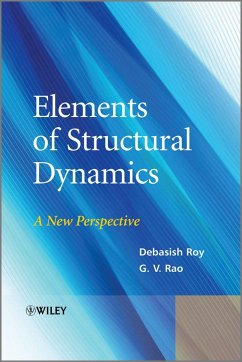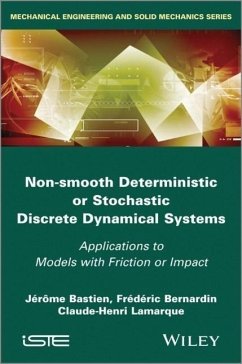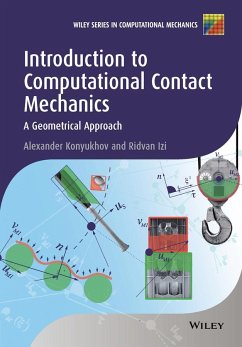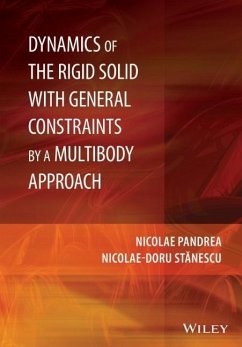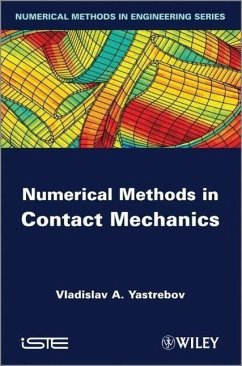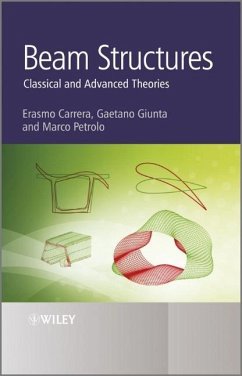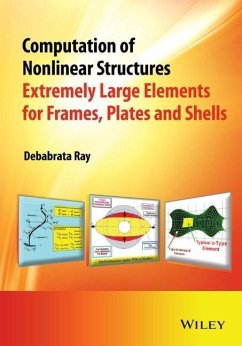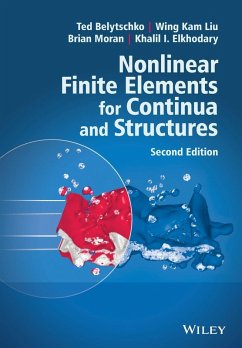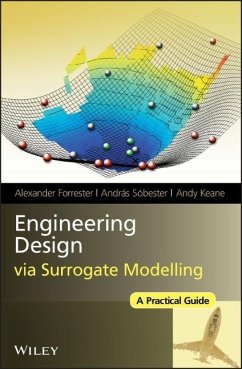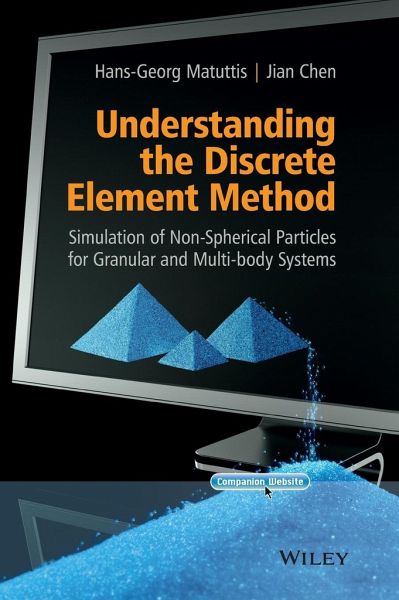
Understanding the Discrete Element Method
Simulation of Non-Spherical Particles for Granular and Multi-Body Systems
Versandkostenfrei!
Versandfertig in über 4 Wochen
159,99 €
inkl. MwSt.
Weitere Ausgaben:

PAYBACK Punkte
80 °P sammeln!
Gives readers a more thorough understanding of DEM and equips researchers for independent work and an ability to judge methods related to simulation of polygonal particlesIntroduces DEM from the fundamental concepts (theoretical mechanics and solidstate physics), with 2D and 3D simulation methods for polygonal particlesProvides the fundamentals of coding discrete element method (DEM) requiring little advance knowledge of granular matter or numerical simulationHighlights the numerical tricks and pitfalls that are usually only realized after years of experience, with relevant simple experiments ...
Gives readers a more thorough understanding of DEM and equips researchers for independent work and an ability to judge methods related to simulation of polygonal particles
Introduces DEM from the fundamental concepts (theoretical mechanics and solidstate physics), with 2D and 3D simulation methods for polygonal particles
Provides the fundamentals of coding discrete element method (DEM) requiring little advance knowledge of granular matter or numerical simulation
Highlights the numerical tricks and pitfalls that are usually only realized after years of experience, with relevant simple experiments as applications
Presents a logical approach starting withthe mechanical and physical bases,followed by a description of the techniques and finally their applications
Written by a key author presenting ideas on how to model the dynamics of angular particles using polygons and polyhedral
Accompanying website includes MATLAB-Programs providing the simulation code for two-dimensional polygons
Recommended for researchers and graduate students who deal with particle models in areas such as fluid dynamics, multi-body engineering, finite-element methods, the geosciences, and multi-scale physics.
Introduces DEM from the fundamental concepts (theoretical mechanics and solidstate physics), with 2D and 3D simulation methods for polygonal particles
Provides the fundamentals of coding discrete element method (DEM) requiring little advance knowledge of granular matter or numerical simulation
Highlights the numerical tricks and pitfalls that are usually only realized after years of experience, with relevant simple experiments as applications
Presents a logical approach starting withthe mechanical and physical bases,followed by a description of the techniques and finally their applications
Written by a key author presenting ideas on how to model the dynamics of angular particles using polygons and polyhedral
Accompanying website includes MATLAB-Programs providing the simulation code for two-dimensional polygons
Recommended for researchers and graduate students who deal with particle models in areas such as fluid dynamics, multi-body engineering, finite-element methods, the geosciences, and multi-scale physics.





